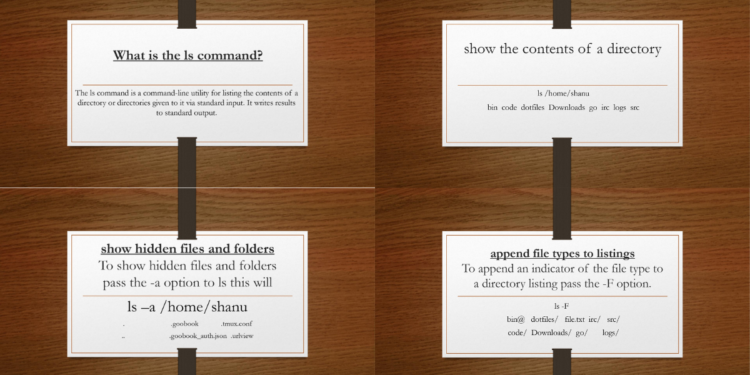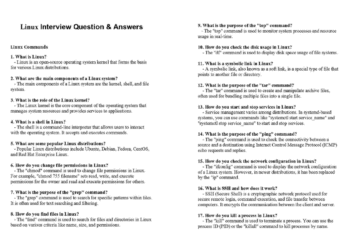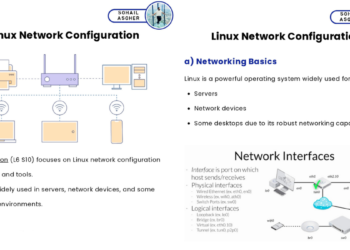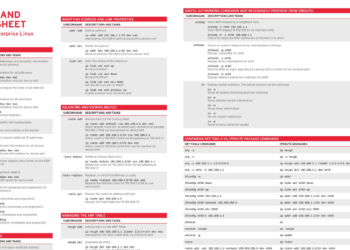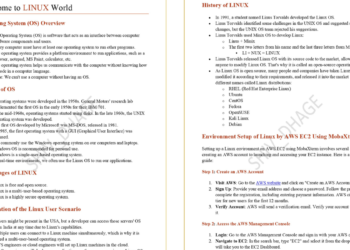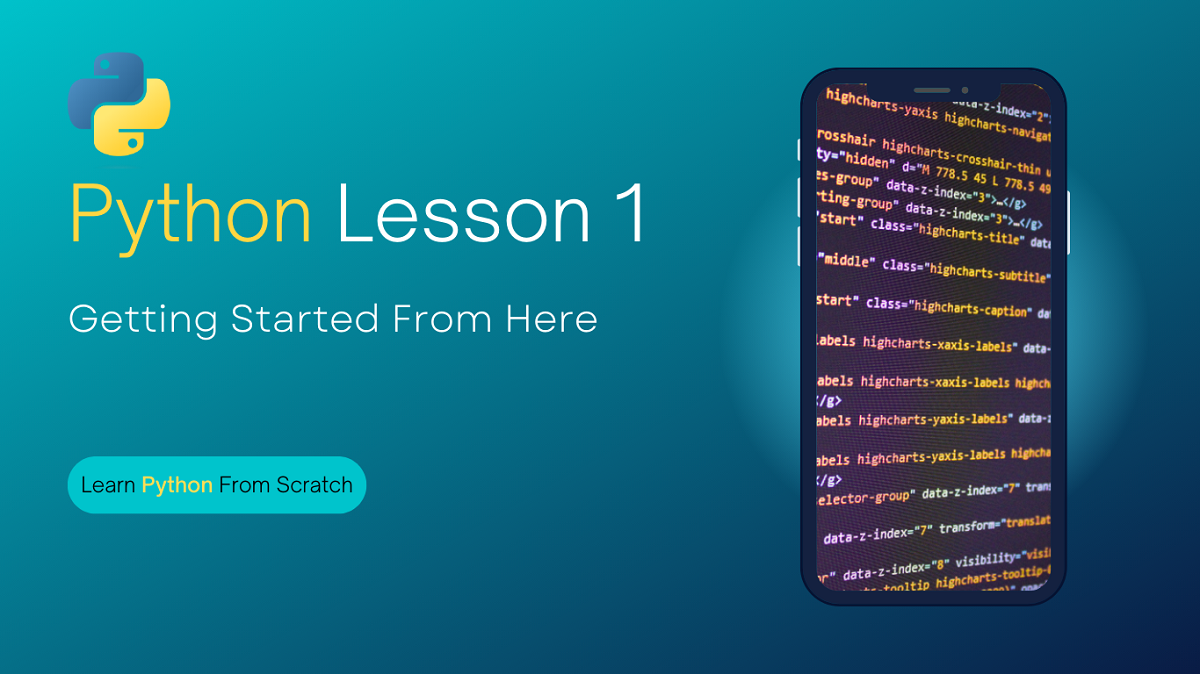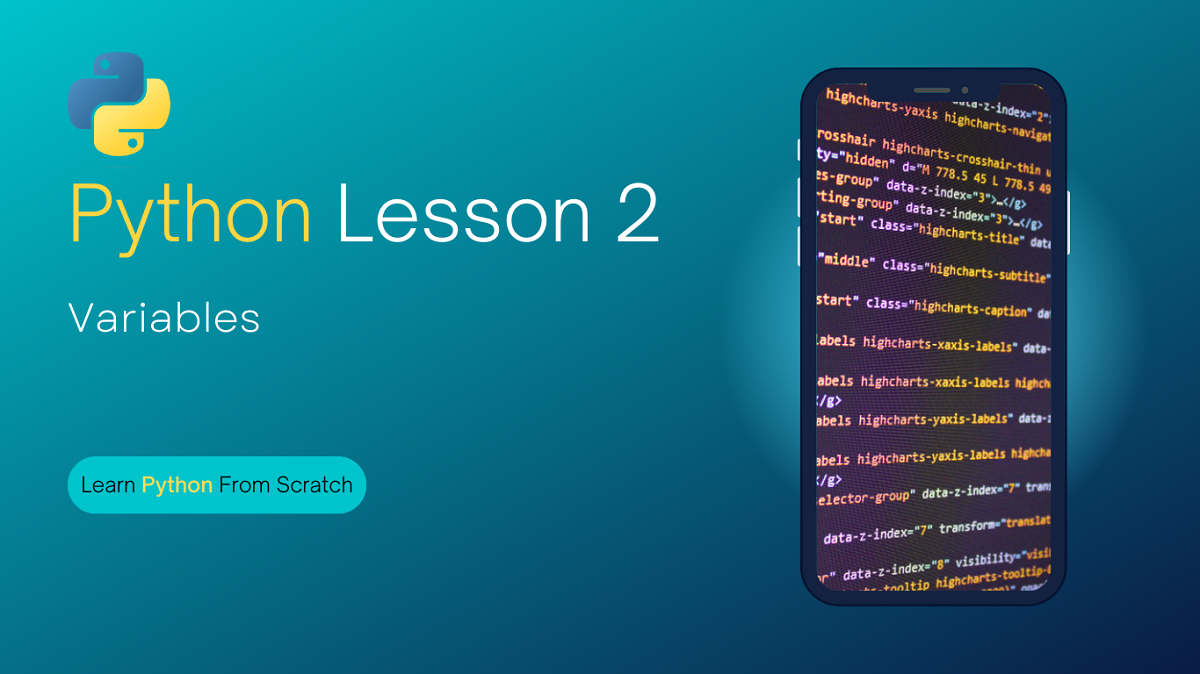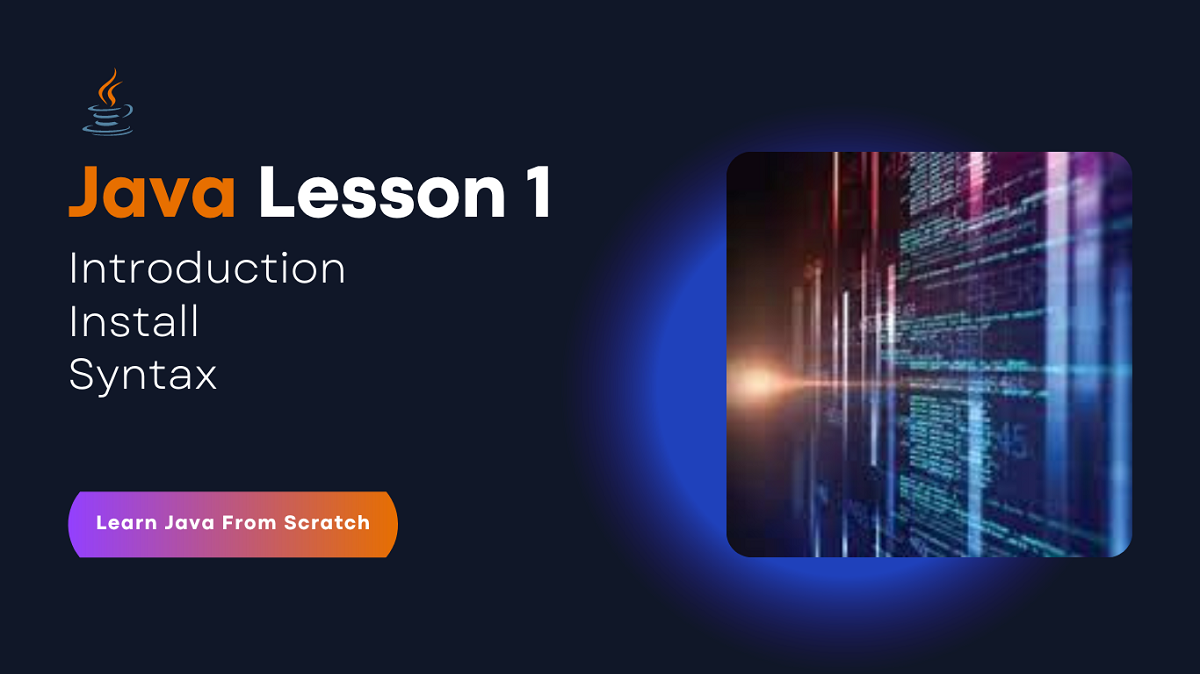The command line interface in Linux offers a plethora of powerful tools that allow users to interact with the operating system efficiently. One such command that is widely used and forms the backbone of file and directory management is the “ls” command.
If you’re new to Linux or looking to deepen your understanding of this essential command, we present “What is the ‘ls’ Command?” in PDF format. This guide serves as your comprehensive resource, providing a detailed explanation of the “ls” command, its options, practical examples, and command-line references. Let’s dive into the world of the “ls” command and unlock its full potential!
Understanding the “ls” Command:
“What is the ‘ls’ Command?” provides a comprehensive introduction to the “ls” command, covering essential topics.


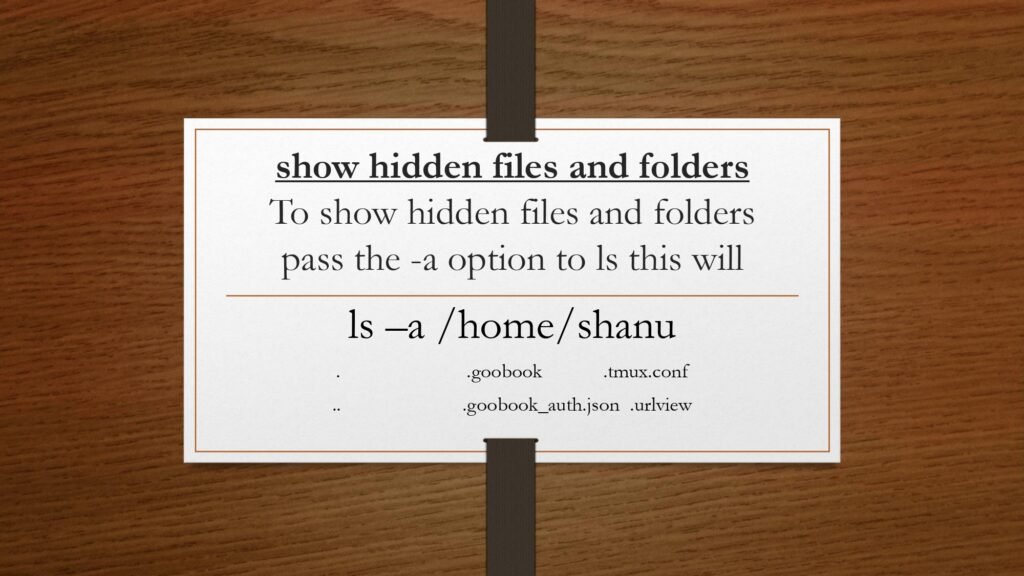

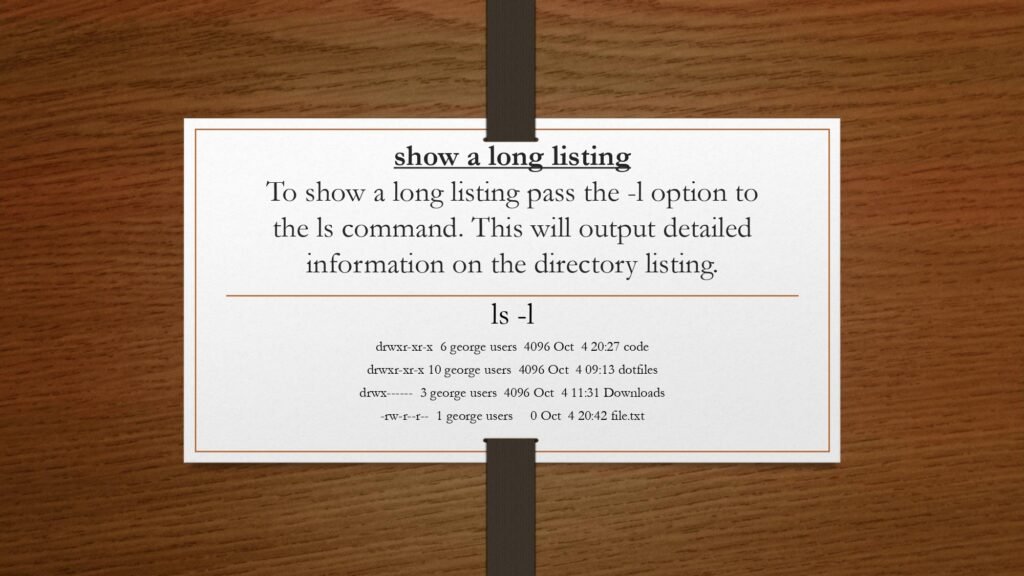

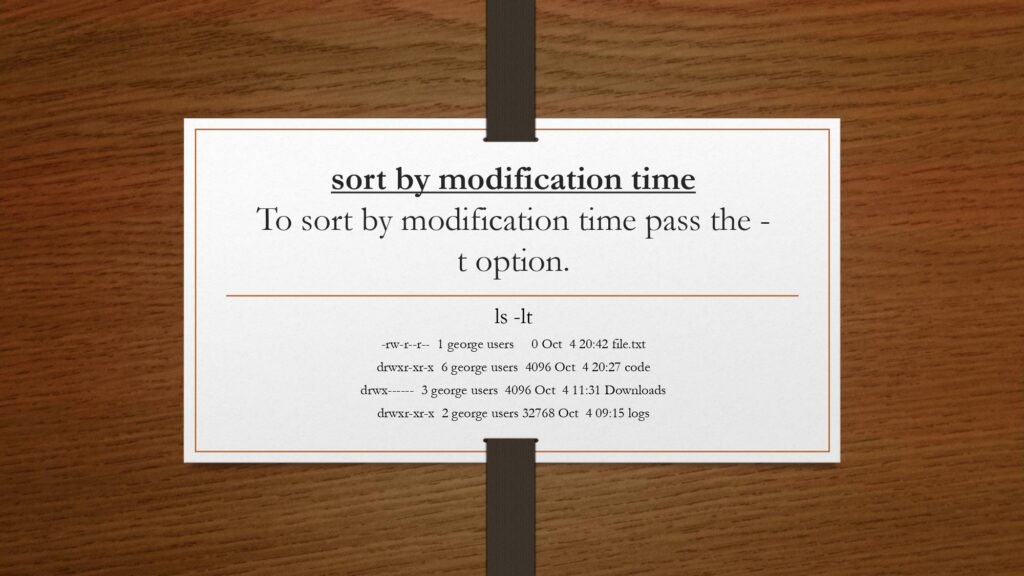
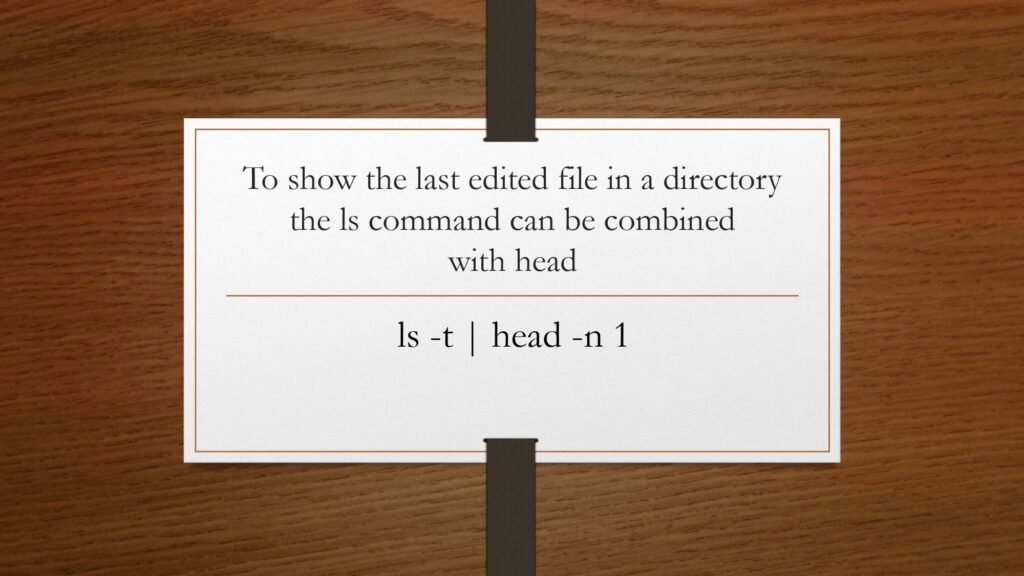
Practical Examples and Command-Line References:
“What is the ‘ls’ Command?” presents practical examples and command-line references to reinforce your understanding of the command. These examples demonstrate the application of the “ls” command in real-world scenarios, helping you grasp its versatility and power. The command-line references offer quick access to commonly used options and arguments, allowing you to explore and experiment with the “ls” command effectively.
Benefits of the PDF Guide:
“What is the ‘ls’ Command?” in PDF format offers several advantages for individuals seeking to understand and master the “ls” command:
a. Comprehensive Resource: The guide serves as a comprehensive resource, covering the fundamental aspects of the “ls” command. It provides a thorough explanation of its usage, options, and practical examples, enabling you to harness the full potential of this essential command.
b. Portable and Accessible: The PDF format allows you to access the guide on multiple devices, including computers, tablets, or smartphones. This portability ensures that you can learn about the “ls” command anytime, anywhere, at your convenience.
c. Offline Availability: Once downloaded, the PDF guide becomes an offline resource, enabling you to access the command reference even without an internet connection. This feature ensures uninterrupted learning and exploration of the “ls” command.
Conclusion:
“What is the ‘ls’ Command?” in PDF format is your essential guide to understanding and utilizing the power of the “ls” command in Linux. By providing a comprehensive explanation, practical examples, and command-line references, this guide empowers you to navigate and optimize file and directory management in your Linux environment.
Download “What is the ‘ls’ Command?” PDF guide, keep it readily accessible, and unlock the full potential of the “ls” command. Whether you’re a beginner getting acquainted with the command line or an experienced user seeking to enhance your skills, this guide will support you at every step.
By leveraging the practical examples and command-line references within the guide, you can confidently navigate and utilize the “ls” command to efficiently manage files and directories. Embrace “What is the ‘ls’ Command?”, unlock its potential, and gain the knowledge and skills to effectively interact with your Linux system.
Download “What is the ‘ls’ Command?” PDF guide and embark on your journey to master the “ls” command. Let the exploration and utilization of this essential command begin!
Nu Of Pages:
40 Pages
To Download PDF:
Explore Our Linux Notes From here
